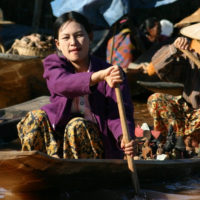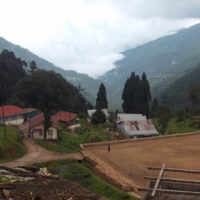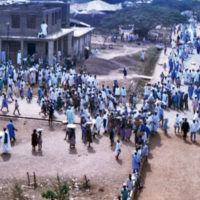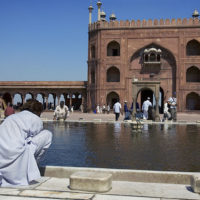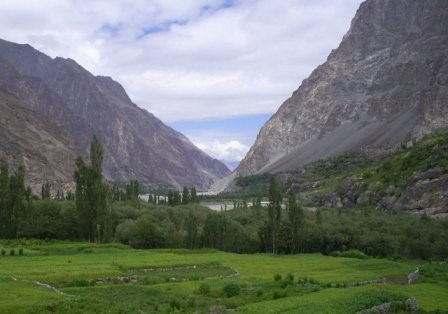 SIKSA, Pakistan – The World Health Organization estimates that more than a third of the people in Pakistan lack access to safe drinking water. It is a problem all too common for countries in South Asia and the 10/40 window. The village of Siksa is an example of how things change when clean water becomes readily accessible.
SIKSA, Pakistan – The World Health Organization estimates that more than a third of the people in Pakistan lack access to safe drinking water. It is a problem all too common for countries in South Asia and the 10/40 window. The village of Siksa is an example of how things change when clean water becomes readily accessible.
Siksa is a village of about 500 households in the Chorbat Valley of the Himalayas that crosses northern India and Pakistan. Siksa is one of 19 villages in the 1,500 square mile valley.
Access to clean water had been so limited that farmers from the village were limited to one-half hour of crop irrigation per week.
Until this past year, drinking water was accessible only by climbing a very steep mountainside and carrying it back down the treacherous slopes in plastic containers.
To wash their clothes, villagers had to climb down to the bottom of the valley to a river that is high and turbid during some of the year, and more like a stream during the warmer months. Think about the women having to carry their wet laundry back uphill to the village.
Access to clean water was so sparse that tension rose even between friends when it came to a matter that ranged from convenience to survival.
This past year, the Coca-Cola Foundation funded about 80% of a $126,000 gravity-fed pipeline project that delivers clean water to the village in just the right amounts at just the right times.
The pipeline stretches nearly four miles from the Karakoram Mountains to an 8,000-gallon water tank near Siksa from which it is distributed through irrigation channels. The Mountain and Glacier Protection Organization (MGPO) estimated that the system is carrying more than 1.3 billion gallons of water per year to the community.
Those 1.3 gallons of water – available all year round – are transforming Siksa.
Aside from the health and sanitation issues closely related to lacking access to clean water, tensions over water rationing have eased and the agricultural future of the village is looking brighter.
One observer noted that “all the fields have become green again.” Prior to the pipeline being installed, the villagers would plant vegetable, only to watch them dry and die on the vine year in and year out.
Now the fields are abundant with tomatoes, okra, eggplant, and pumpkins and fresh vegetables have become a mealtime pleasure.
A local teacher noted how much cleaner the children are when they come to school and how much prettier the village has become as families plant flowers that flourish and have found a renewed pride that has overcome their weariness of working so hard to obtain water.
Siksa reminds us to never take access to clean water for granted. The Bible couples water with healing and life so we should not be surprised that ready access to it provides both benefits.
Siksa residents are now hoping to find $80,000 to build a village-size hydroelectric facility that will provide the power to keep them warmer during the cold winter months.
To read more about the global clean water crisis on Missions Box, go here.
Sources:
- Sight Magazine, Postcards: In Pakistan, A High Mountain Water Pipe Brings a Bonus – Peace
- Reuters, In Pakistan, a high mountain water pipe brings a bonus: peace
Image Source:
- By I baltistani [CC BY-SA 3.0], from Wikimedia Commons
For more information about this, click here.

